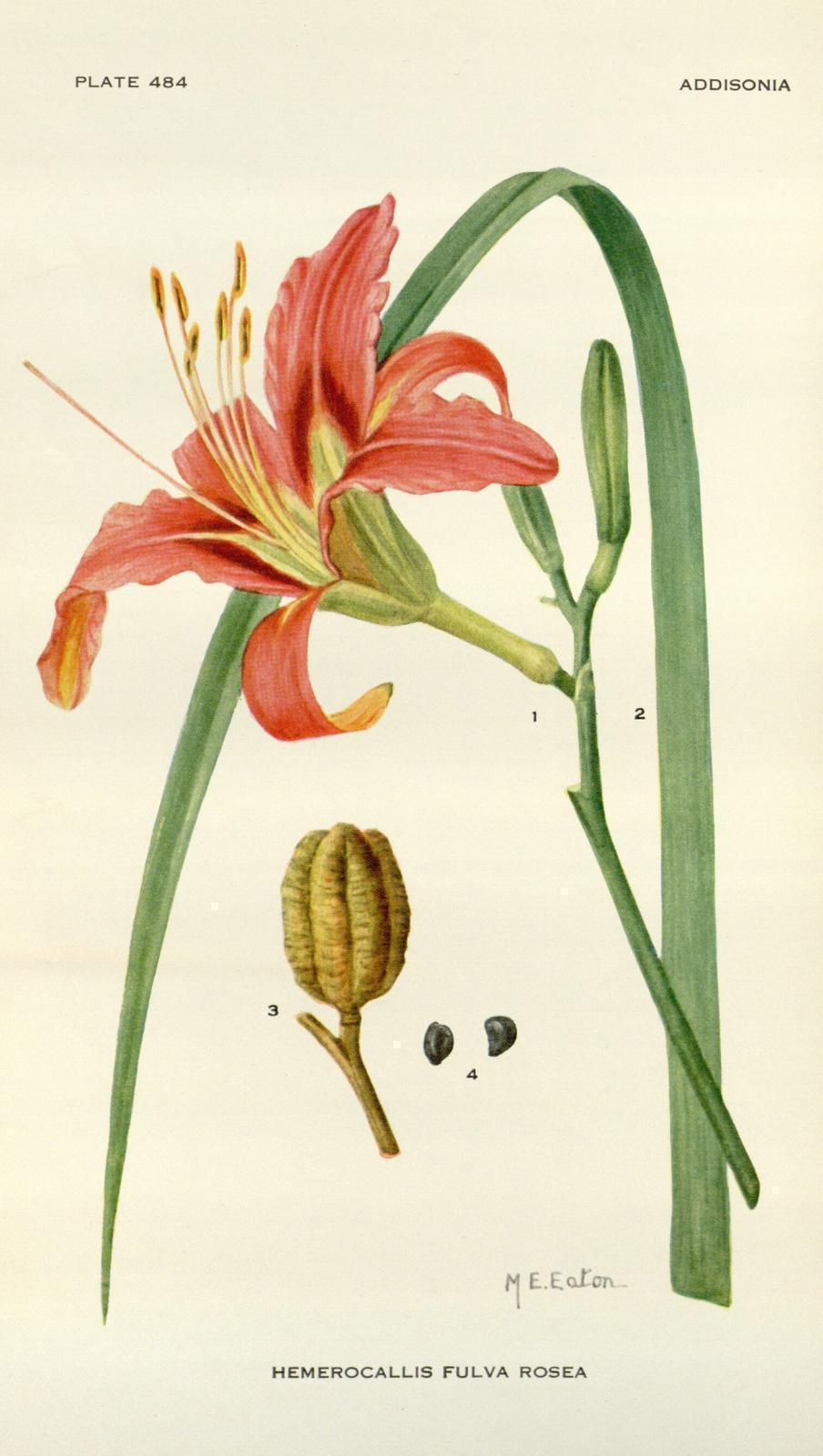Hemerocallis spp.
XanthorrhoeaceaeLas entre 15 y 20 especies del género Hemerocallis proceden del Asia templada. Son plantas herbáceas, perennes y rizomatosas. Existen multitud de variedades y cultivares, pues son muy populares en jardines de todo el mundo. El nombre genérico deriva de dos palabras griegas: hemera, "día" y kallos, "belleza", aludiendo a lo poco que duran sus flores, apenas un día, aunque son sustituidas por otra en el mismo tallo al día siguiente. Las flores de Hemerocallis se abren por la mañana y se marchitan por la noche.
Sus flores van generalmente desde un amarillo suave a naranja o rojo, aunque hay especies y variedades con varios colores en la flor, o con tonalidades lilas o violeta. Las flores y brotes de algunas especies son comestibles, y en algunos países de Asia se cultivan para tal fin, al contrario que los lirios verdaderos del género Lilium, que son altamente tóxicos.
Procedencia
Oriental/AsiáticoCalendario
Hábitat
Morfología
 Planta
Planta
 Mata
Mata
 Simple
Simple
 Lanceolada
Lanceolada
 Lineal
Lineal
 Entero
Entero
 Obtuso
Obtuso
 Agudo
Agudo
 Perenne
Perenne

 Powered by
Powered by